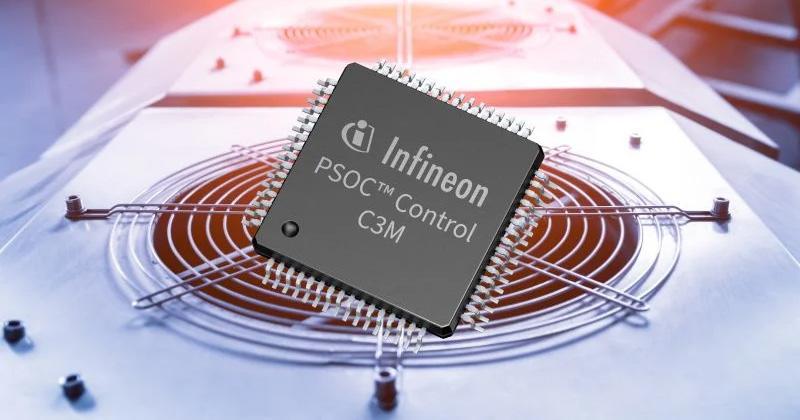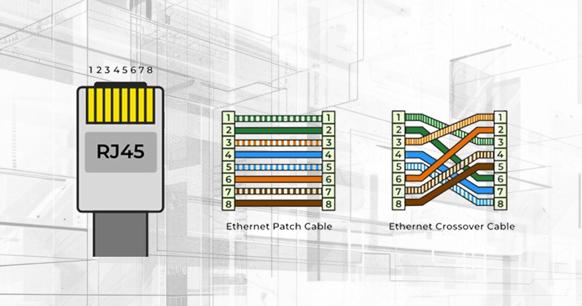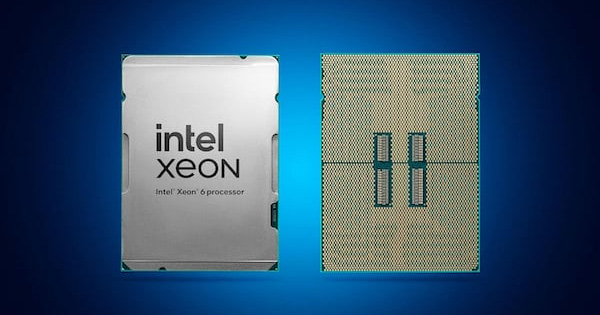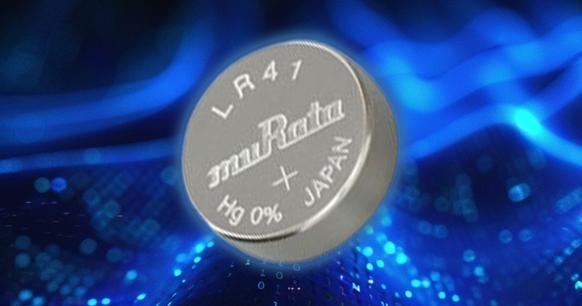
Comprehensive Guide to RJ45 Connectors 2024: Structure, Benefits, and Applications in Ethernet Networking
What is an RJ45 Connector?
Ethernet is a technology that enables the connection of multiple devices in a local area network (LAN) or wide area network (WAN). Ethernet also employs a number of protocols that facilitate effective communication between devices in a wired network. The term 'RJ' stands for 'Registered Jacks'. They are primarily utilised for interconnecting diverse networking media. There are a number of different types of RJ available, including RJ11, RJ45, RJ48, RJ61 and so on. Classification of the classes is typically based on three criteria: structure, functionality and suitability. These jacks are typically employed for Ethernet networking.
RJ45 Connector Overview
The RJ45 connector, or Registered Jack 45, is the most prevalent connector used in wired networks today. While initially created for telephone connections, RJ45 connectors are now a standard component in Ethernet networking. The '45' in RJ45 refers to its specific registration number. This connector is slightly wider than those used for telephone connections or other Registered Jacks, offering higher bandwidth capabilities—typically up to 10 Gbps. Due to its speed and enhanced security features, RJ45 connectors are frequently used to link personal computers to servers, routers, and other network devices, particularly in Star Topology configurations.
Structure of RJ45
The RJ45 connector is constructed from transparent plastic and features an 8-pin configuration, often referred to as an 8P8C connector. This design allows for the connection of up to 8 wires, typically paired with either Shielded Twisted Pair (STP) or Unshielded Twisted Pair (UTP) cables. When examining the end of an Ethernet cable connected to an RJ45 connector, you’ll notice eight wires: four solid-colored and four striped. RJ45 connectors are classified according to the type of wiring, such as Cat 5e, Cat 6, and Cat 7 cables.

The wiring colors in an RJ45 connector include White/Green, Green, White/Orange, Blue, White/Blue, Orange, White/Brown, and Brown. Two color-coding schemes are commonly used: RJ45 T568A and RJ45 T568B. The difference between these schemes lies in the order of the orange and green wires. In the T568A configuration, the green wire precedes the orange wire, while in the T568B configuration, the orange wire comes first. Additionally, T568A provides backward compatibility with older wiring systems, whereas T568B offers better resistance to signal noise.
Color-Coding of RJ45 Wires
|
Pin |
T568B |
T568A |
|
1 |
white with orange stripe |
white with green stripe |
|
2 |
orange |
green |
|
3 |
white with green stripe |
white with orange stripe |
|
4 |
blue |
blue |
|
5 |
white with blue stripe |
white with blue stripe |
|
6 |
green |
orange |
|
7 |
white with brown stripe |
white with brown stripe |
|
8 |
brown |
brown |
Advantages of RJ45
Originally designed for telephone use, the RJ45 connector has become a staple in wired networking, offering numerous advantages:
- High Speed: RJ45 connectors support high-speed data transmission.
- Cost-Effective: These connectors are generally more affordable than other types.
- High Bandwidth: RJ45 connectors can handle bandwidths up to 100 Mbps.
- Reliability: Known for their dependability in various networking environments.
Disadvantages of RJ45
Despite its many benefits, the RJ45 connector does have some drawbacks:
- Compatibility Issues: RJ45 connectors are not compatible with other types of connectors.
- Lack of Durability: These connectors are not weatherproof, which may limit their longevity in harsh environments.




